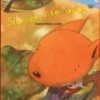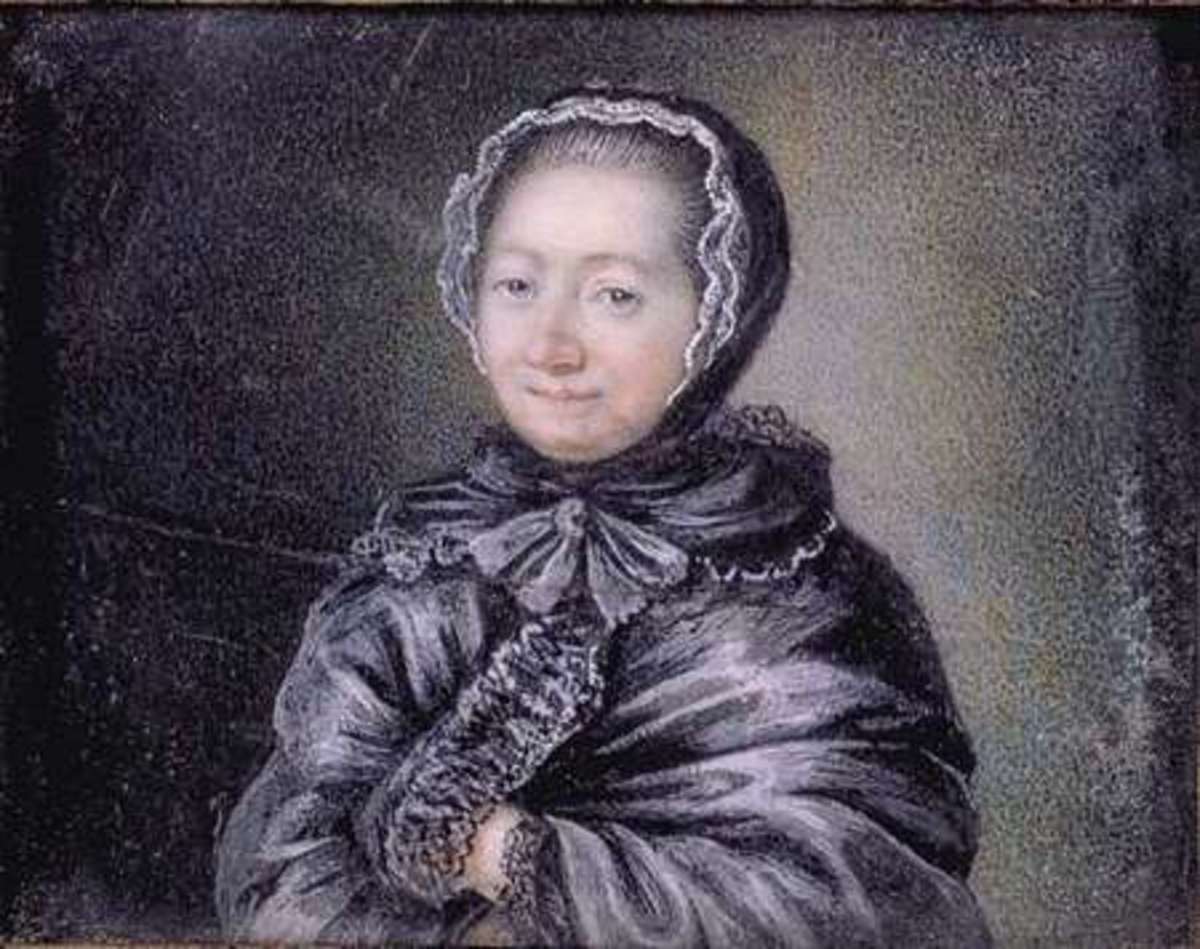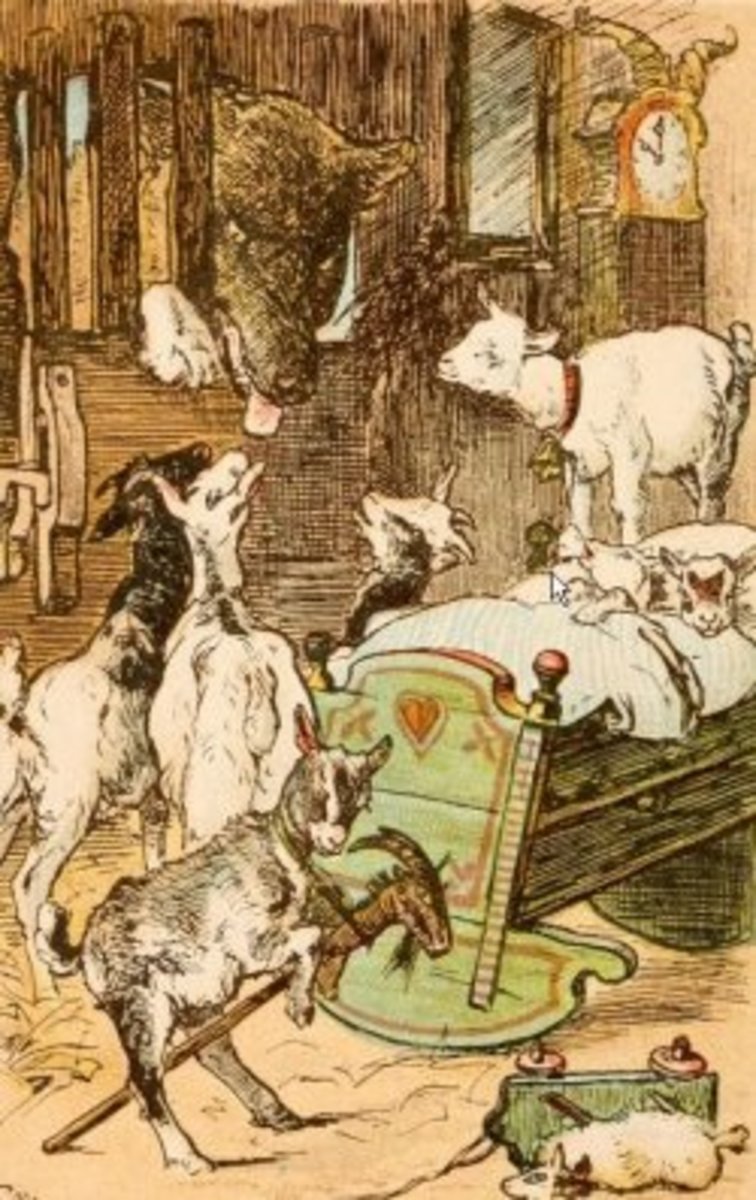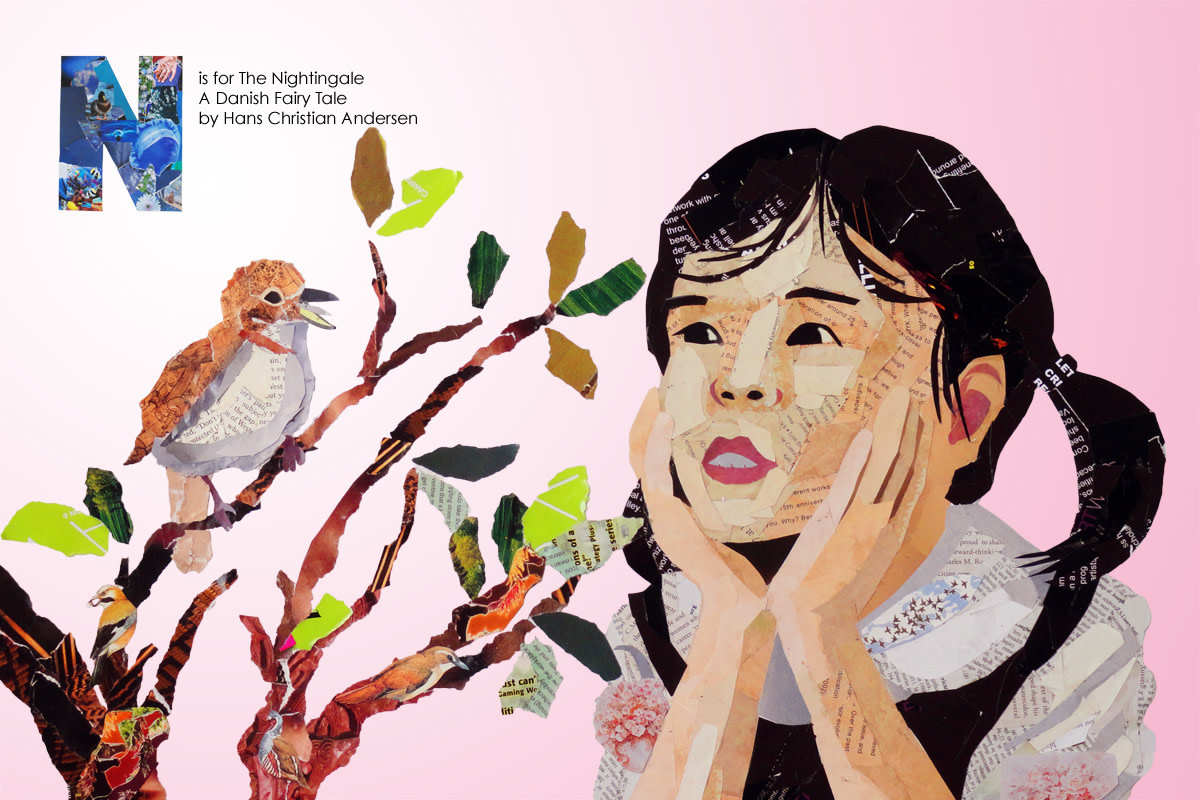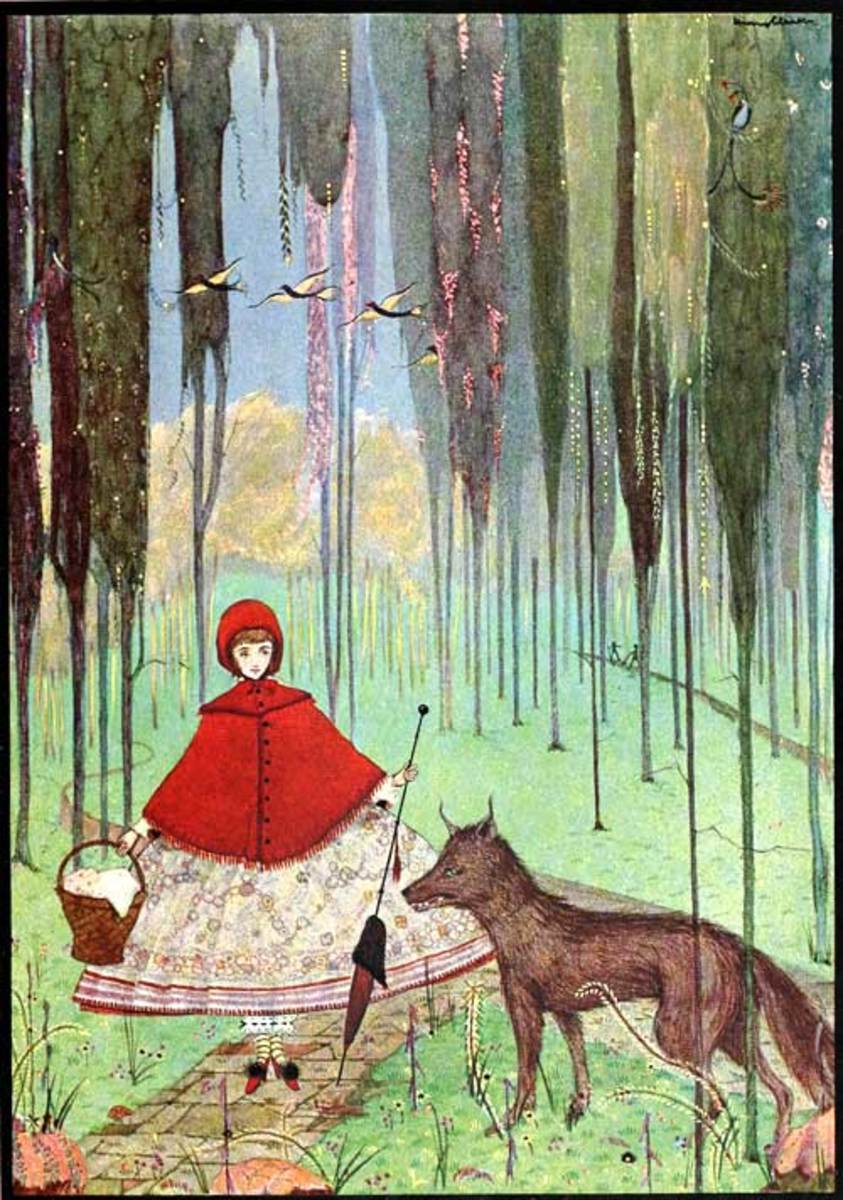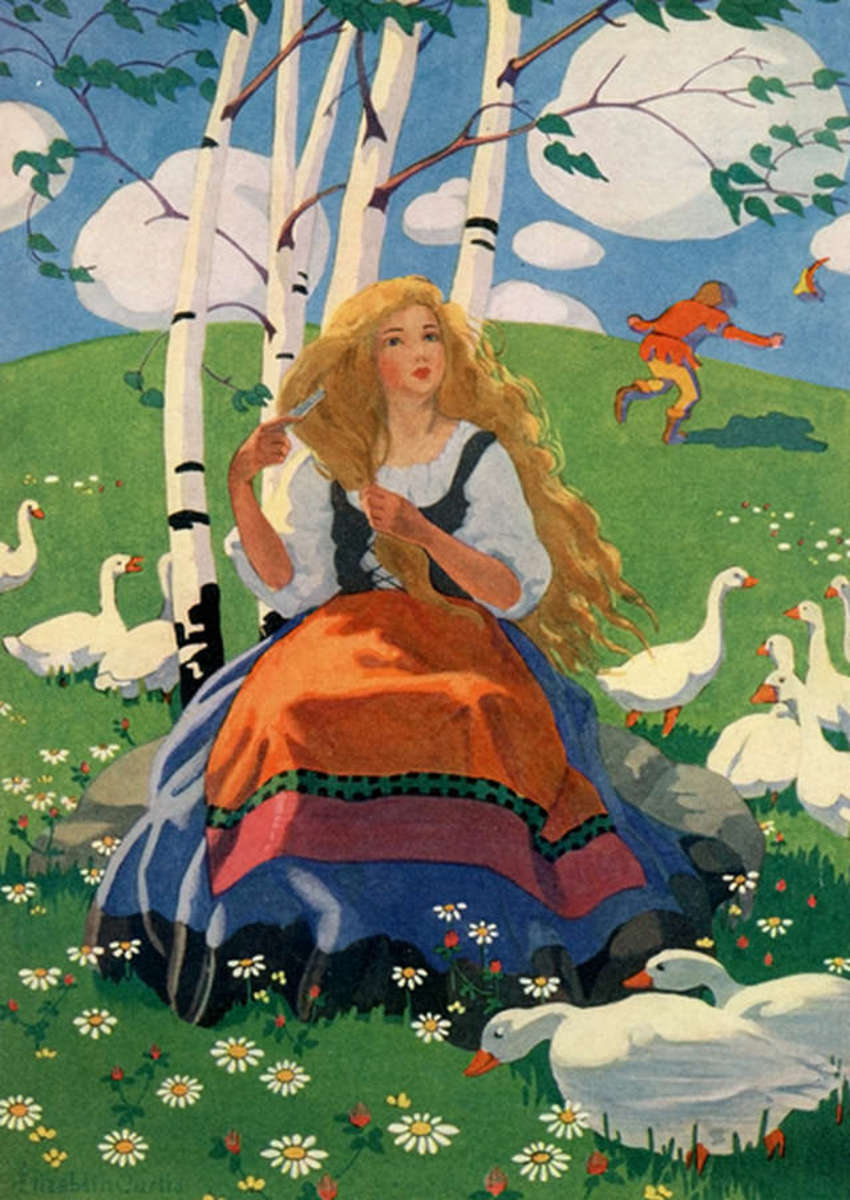The Beauty and the Beast
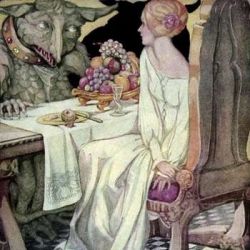
A classic fairy tale
The story about the Beauty and the Beast is a a classic fairy tale which is today most known to wider audience through the animated movie adaptation by Disney. While it is one of rare old tales with known authorship, we can still find it almost all over the world in hundreds of variations.
Why is it so popular? What makes it so special? Is this just another romantic story about lady in a trouble or actually one of first world wide feministic proclamations?
Can we use it for another lesson from the history of fairy tales, literature in general and - in the end of the day - humankind?
(image credit: Anne Anderson, public domain license, more about the credits and resources in the end of the article)
Have you read it?
This is retelling of the popular story by Marianna Mayer with illustrations of Mercer Mayer.

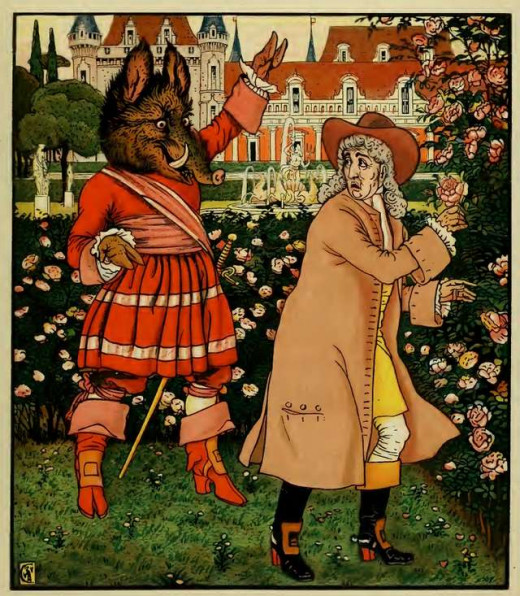
Short summary of Beauty and the Beast
Once upon a time there was a merchant who has three daughters. All were beautiful but only the youngest had a good heart too.
When the merchant's business got into trouble his family had to move in a cottage where started to live the life of poor people.
After a while merchant got a news about one of his ship which he believed was already lost. It came in a harbor and he departed to take the load. He offered to bring present to his daughters and the youngest, called Beauty wished for a rose.
His travel didn't pan out well and he returned without presents. But on the way back he found a mysterious castle and a garden with beautiful roses.
When he took one, a terrifying Beast showed up and said he will lost his life. Merchant asked for a delay and Beast allowed it. He even told the merchant he will spare his life if one of his daughters comes to his castle voluntary and start living with him.
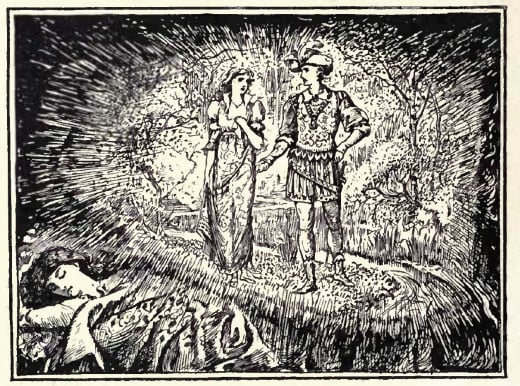
The Beauty volunteered and she step by step got accustomed to the ugly creature. She noticed his nice personality and good manners. When she asked him for permission for a visit, he imposed one simple condition: she has to return in two month, or he will die.
Beauty (she is often called Belle, what means the same but in French) tells about her life and her jealous sisters try to delay her return until Beast almost dies. Fortunately she dreams about him and returns just in time to promise him a marriage. Her declaration of love transformed him in a beautiful prince and the live happily ever after.
Romance or fairy tale?
This immortal story was first published in 1740 by Gabrielle-Suzanne Barbot de Villeneuve and achieved relatively good success. It was over one hundred pages long, it was written for adult audience and it achieved moderate success.
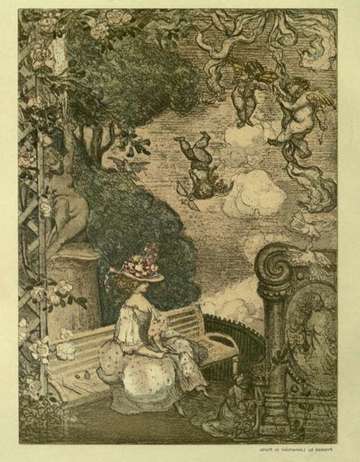
Although original piece of literature, first version of 'Belle et la Bette' heavily relied on fantastic elements from folklore and mythology.
The same is true for first fairy tales, like we can see in works signed by Charles Perrault.
In 1757, only two years after Barbot de Villeneuve's death another lady published revisited version of the same tale which was adapted to younger audience.
Her name was Jeanne-Marie Leprince de Beaumont and it is her story which achieved world wide fame.
We should know this version (shortened by more than 80 percent) still wasn't meant for children (the term 'child' wasn't actually used in those times), but it was obviously made with younger audience in mind.
Today they will be probably described as 'young adults'.
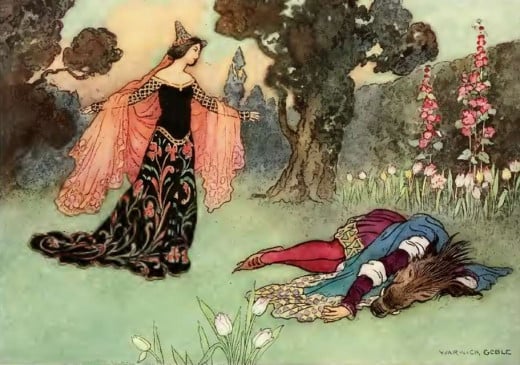
Who was the target group of Madame Leprince de Beaumont?
She was governess by profession, so it is logic she was aiming at girls who were getting ready for marriage. In 18th century this was about 13 to 15 years of age, very possibly with much older men who probably really looked as 'monsters' to at least some of them.
Mme Leprince de Beaumont's Belle is a lady in all good possible meanings of the word. She is beautiful, she is kind and she is obedient, but if we closely examine her behavior, we will notice she is also highly adaptable and smart.
Smartness wasn't a feature in high demand among ladies of those times, but it seems nobody was bothered with the subversive message of the tale. The girl was using her own head for thinking, not just as a base for fancy hairstyle and jewels!
Belle is perfectly capable for making important decision regarding her life and everybody related with her. She is also capable of continuous learning and eventually finds out there is actually a perfect husband under the repulsive appearance of the Beast.
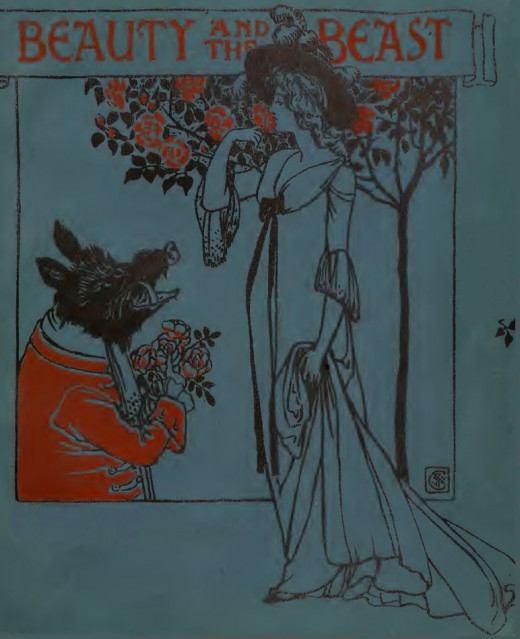
The Beauty and the Beast through history
...and what we can learn about the history of fairy tales
Because we know how this particular fairy tale evolved in time, we can use it as good example of evolution of the fairy tale as literary genre.
It started as a retelling of Greek myth (Cupid and Psyche being most obvious) what confirms the theory by brothers Grimm who believed fairy tales are only echoes of old myths and included fairy tales in their collection according to that theory.
With rewriting focus changed from the transformation of the Beast to the growth of the Belle Madame Leprince de Beaumont changed the romance into educative material with very specific audience in mind.
She was so successful, her story was translated in most European languages only few years after first publishing. Even Russian Empress thanked her in a letter (accompanied with a nice sum of money) for a beautiful and educative fairy tale. It was also heavily pirated in cheap versions which helped to spread the message among girls of lower class.
It was probably so well accepted because so many girls recognized themselves in the main character which wasn't so different from Mme Leprince de Beaumont herself. The personal touch in the story helped fairy tales to achieve much higher levels what is apparent in fairy tales written by Andersen, Wilde,and other writers in 19 century.
In 20th century fairy tales became consumables what is obvious in Walt Disney's work. This company changed the focus again to the Beast and its transformation. Belle is actually only a pretty face helping the story to roll on.
Beauty and the Beast on stage
Disney made a beautiful tale with pretty different message.
Nothing wrong with that but don't miss the classic story which is also beautiful and even more powerful!
What is your opinion?
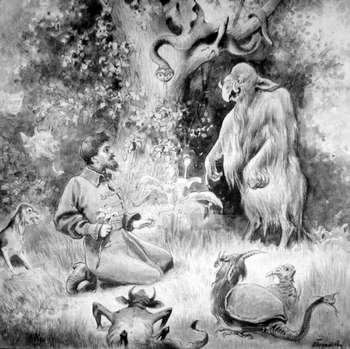
Are fairy tales in most cases:
Credits and resources
All used images are in public domain in USA and EU because their authors are dead more than 70 years and pictures were first published before 1923. Only exceptions are images from Amazon and YouTube.
- (@)Lepotica in zver | With Pravljice za otroke (in odrasle) Blog
This was my main resource. I translated the fairy tale and explained some background of the story. It is written in my native language. - Pictures of Beauty and the Beast by various artists
This is how different artists with different views portrayed these immortal characters. It's a growing collection of images. - The Scarlet Flower
This is Russian version with short summary and beautiful black and white illustrations.
